#234: Mushroom Development
My first introduction to mushrooms was as a child seeing them appear as if by magic in my family’s lawn. This mysterious way that fungi appear to pop into existence still captures my imagination, which brought me to the small but interesting field of mushroom development. So, can science explain how mushrooms appear out of thin air? Mostly, but there is still much we don’t know. Obviously, mushrooms don’t materialize out of nothing – instead, they sprout from the mycelium already growing in the substrate. Typically, this proceeds as follows: the mycelium bunches up, then the various mushroom tissues are created, and finally whole fruitbody gets larger. However, this generalized model has limitations and can’t explain all the variation we see in mushroom shapes. Why Study Mushroom Development? Before we get into the details, it is useful to discuss why mushroom development should be studied. One of the major reasons...

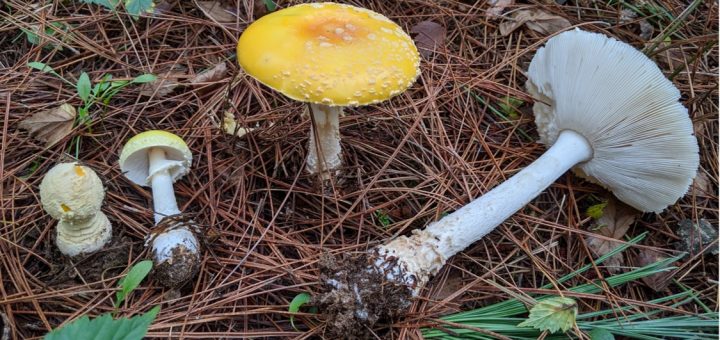
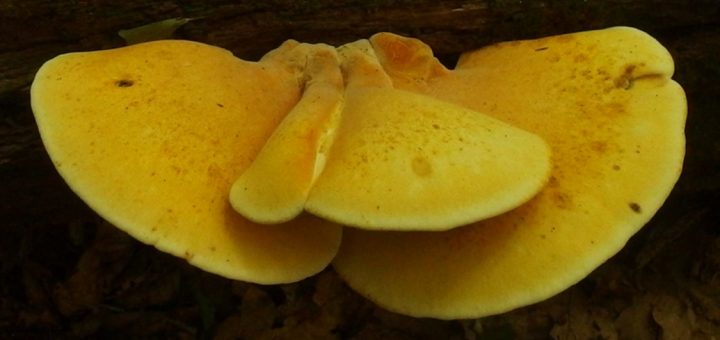
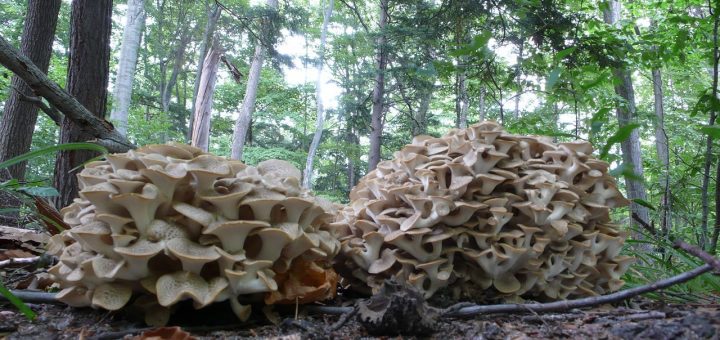
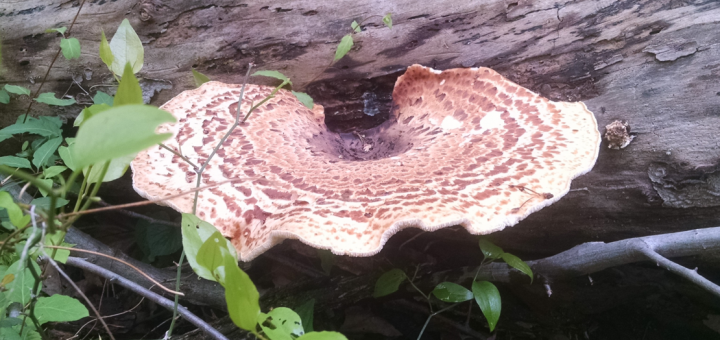
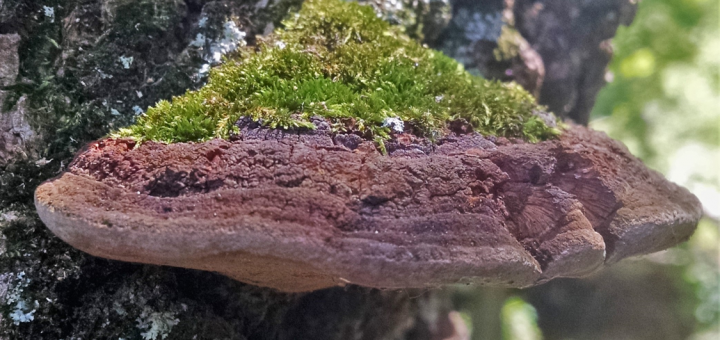
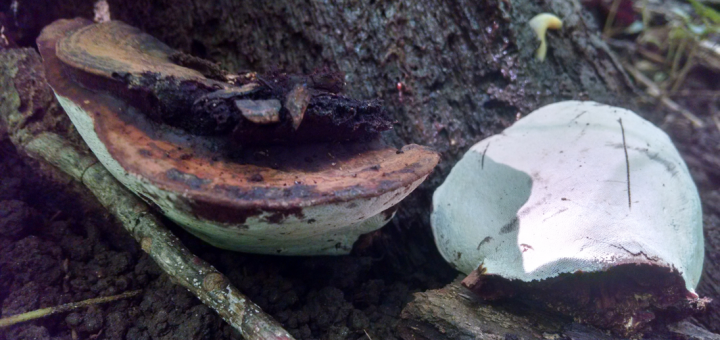
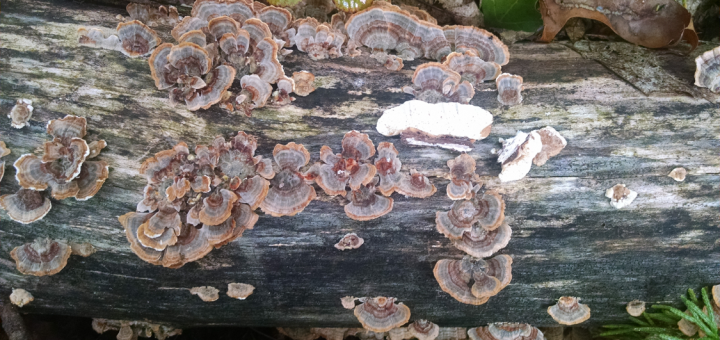
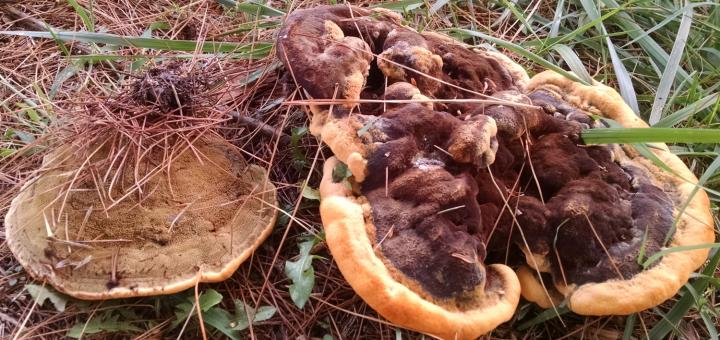
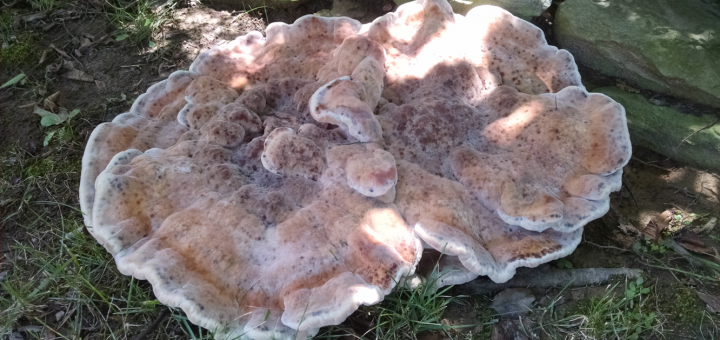
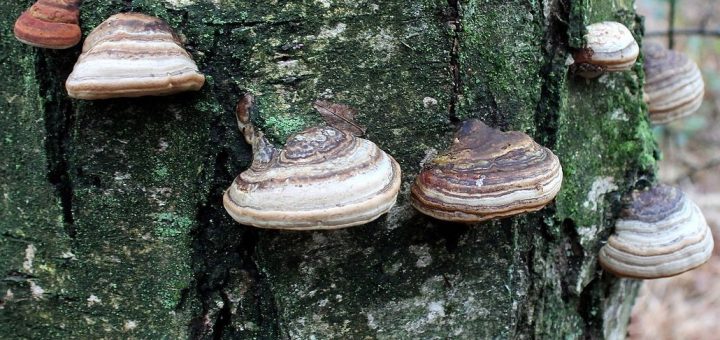





![#011: Characteristics of Kingdom Fungi [Archived]](https://www.fungusfactfriday.com/wp-content/themes/hueman/assets/front/img/thumb-small-empty.png)
